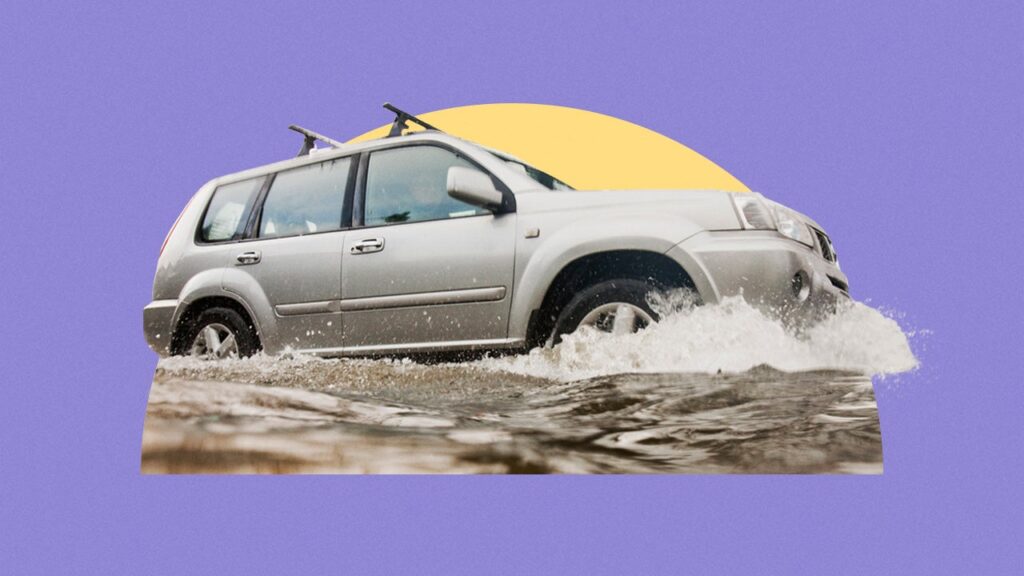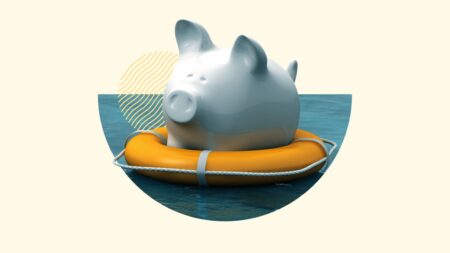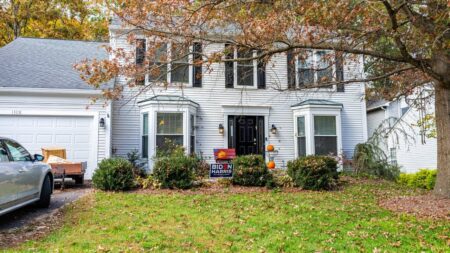Flooding is the most common natural disaster in the U.S., and with climate change bearing down on communities across the nation, floods occur more than ever. Cars are particularly vulnerable to flooding — they can quickly total a vehicle. According to CARFAX, as many as 138,000 cars were damaged or totaled by flooding caused by Hurricane Helene. The good news: if you have comprehensive car insurance, your policy should cover damage caused by flooding.
Does insurance cover a flooded car?
Car insurance covers flood damage only if the policy includes comprehensive coverage. This type of coverage, typically added with collision insurance as part of a full coverage car insurance policy, covers damage caused by severe weather and natural disasters like flooding. Keep in mind that comprehensive coverage is optional unless your auto loan or lease agreement requires it. So if you opt for bare minimum coverage, you may not have comprehensive on your policy.
If you have a state-minimum liability-only policy, it’s likely that your car insurance does not cover flood damage. Car insurance policies that only include liability coverage, uninsured/underinsured motorist coverage and/or medical payments coverage aren’t designed to cover damage to your vehicle. Unless you have comprehensive coverage, you won’t be able to file a claim for flood damage.
Does comprehensive insurance have a deductible for flood damage?
When you file a comprehensive claim, you are responsible for paying your deductible regardless of the type of damage being repaired. The deductible is the amount of money the policyholder is responsible for; insurance kicks in to cover the remainder up to your policy limits. If the deductible is $500, for example, your flood payout will cover the cost to repair or replace the vehicle minus $500, which you’re responsible for paying.
When does car insurance not cover flood damage?
Many people attempt to save money by purchasing the minimum limits of insurance required by state law. Unfortunately, this type of coverage doesn’t include comprehensive insurance — the type of coverage designed to cover physical damage to your vehicle from non-collision incidents. Only the presence of comprehensive coverage on the policy determines if insurance covers a flooded car.
If you have a liability-only policy as a way to save money, you may want to consider comparing full coverage quotes from cheap auto insurance companies in your area to see if you can afford to upgrade for better financial protection in the event of severe weather.
What other types of car insurance can help if your car is destroyed in a flood?
If your car is insured with comprehensive coverage, any flood-induced damage should be covered in most cases (up to your policy limits). If your claim is approved, you may be able to get your vehicle repairs covered, or your insurer will compensate you for the actual cash value of the car (minus your deductible) if it is totaled, which is common following flood damage.
While only comprehensive auto insurance covers flood damage outright, some other types of insurance may come in handy if your car is damaged or destroyed in a flood.
How does gap insurance help in case of flood damage?
If you’re financing your car, gap insurance could potentially help you in case of flood damage. If your car’s current value is less than what you owe to your lender, you may be responsible for paying the difference. Gap coverage could help pay off the loan if your vehicle is declared totaled after a flood. If the claim is approved, it would pay the difference between the actual value of the car and the amount owed on it, excluding the deductible.
How does rental car reimbursement coverage help after flood damage?
Rental car reimbursement coverage, which is often offered as an endorsement on your car insurance policy, helps pay for rental car costs when your vehicle is in the shop for repairs. Having this coverage may be beneficial if you need transportation in the interim.
Keep in mind that, like with any insurance, rental car reimbursement has limitations. In most cases, your policy will list a daily limit (such as $30 per day), as well as a maximum number of days the coverage can be used. In cases of severe weather, damage may be widespread within a community. That means many cars may need repairs, and it may take longer than usual for your vehicle to be serviced. This could cause you to run out of rental reimbursement coverage.
What happens if your car is destroyed in a flood?
Flood damage can be devastating to a vehicle, particularly if the car is fully submerged for any amount of time. When water enters the car’s air intake, it can cause serious mechanical problems — not to mention damage to electrical components and safety mechanisms. Add on the threat of mold damage and a higher risk of fire, and it’s clear why flooded cars are often declared a total loss.
Some car insurance companies will attempt to work out a repair solution before declaring the vehicle totaled. However, it is important to understand the many other problems flooding can cause for cars that may not appear initially. Insurance experts usually recommend speaking with your carrier about how this type of damage will be handled should it occur down the line.
How hard is it to repair a flood-damaged car?
It is very difficult to repair a vehicle that has been damaged by severe flooding. After a car has water damage, it’s common to have issues with mold, corrosion and even damage to the electrical systems, which can get worse over time. If an adjuster says your car is repairable, the best way to go about it may be to ensure that the repair shop you choose has experience with this type of damage. Also, you may want to make it clear that the damage is due to water before repairs begin.
How do I file a car insurance claim after a flood?
As with any claim, it is important to notify your car insurer as soon as you become aware of flood damage. You don’t need to have all the details gathered or even understand the extent of damage to provide this initial notice. You can begin a claim by calling your insurance representative or, in many cases, by going online or using a mobile app. You will be given a claim number and assigned a claims adjuster.
As soon as possible, document the vehicle damage per your insurer’s guidance. This could include taking photos and videos and providing a timeline of the flooding that caused the damage. Submit this material to your auto insurer as it is gathered.
At some point, an adjuster might be sent to assess the damage to the vehicle in person. Based on this appraisal and your input, your insurer will likely make you an offer. Note that it’s a good idea to obtain your own assessment of the damage and cost of repairs from your own mechanic at that point. You are under no obligation to accept the first insurance offer, and you can make a counter-proposal based on your own assessment.
How can you protect your car from flood damage?
As flooding becomes a more frequent threat to certain communities, it may be worth investing in measures to protect your vehicle from potential flood damage in the future. The following tips may help you prepare for the worst.
- Invest in a protective enclosure: Flood-proof enclosures are plastic wraps mounted on garages to keep cars safe from external flood-related damage. Although sometimes costly, they can potentially minimize damage and save you money.
- Avoid driving through flooded areas: While it can be tempting to drive through what appears to be a shallow amount of still water, avoid this whenever possible. Instead, consider taking an alternative route. This helps prevent water exposure, which may lead to severe damage, particularly if the water is deeper than it seems.
- Move your car to higher ground: If severe weather is in the forecast, it could be best to move your car to higher ground when not in use. This can help minimize damage in the event of a flash flood, hurricane or other event.
- Dry floodproof your home or garage: Flooding can have a long-lasting impact on many kinds of property. Dry floodproofing involves the application of protective measures (for example, a layer of brick sealed with a waterproof veneer) to prevent water from entering structures like homes and garages. This can be done during the construction process or added later.
Frequently asked questions
Read the full article here
















